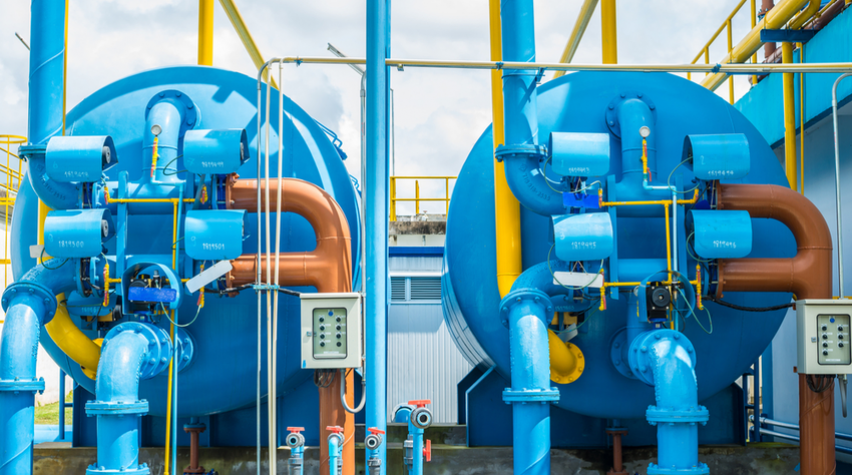
Researchers have created an ultrathin membrane capable of filtering potentially harmful ions from water. In addition to using it for the purification and desalination of drinking water, the membrane can also be used for the separation of gases and solvents. The membrane also has low energy demands, performing steadily for more than 750 hours with limited energy consumption.
How is this membrane different?
Developed by an international reserach team led by Australia's Monash University and ANSTO (Australia’s Nuclear Science and Technology Organisation), the novel material is a water-stable monolayer aluminum tetra-(4-carboxyphenyl) porphyrin frameworks (termed AI-MOFs) nanosheets.
In addition to water treatment, these Al-MOFs nanosheets, exfoliated to just a nanoscale in thickness (one thousand-millionths of a meter), can help remove harmful carcinogens from the atmosphere by creating highly porous membranes to facilitate the separation processes of gases and organic solvents, such as paint.
MOFs have advantages over other materials because they are capable of precise and fast membrane separation, due to their high porosity and uniform pore size. In the past, the fabrication of ultrathin MOF membranes (less than 100 nanometers) for water processing has challenged researchers, generally resulting in overly thick materials with insufficient hydrolytic stability. The team's novel membrane, however, exhibits maximum porosity while filtering out ions at near-perfect levels.
Learn more
You can read more about how this new membrane was created and get more details about its performance in the researchers' news release and in their published work in Science Advances.


